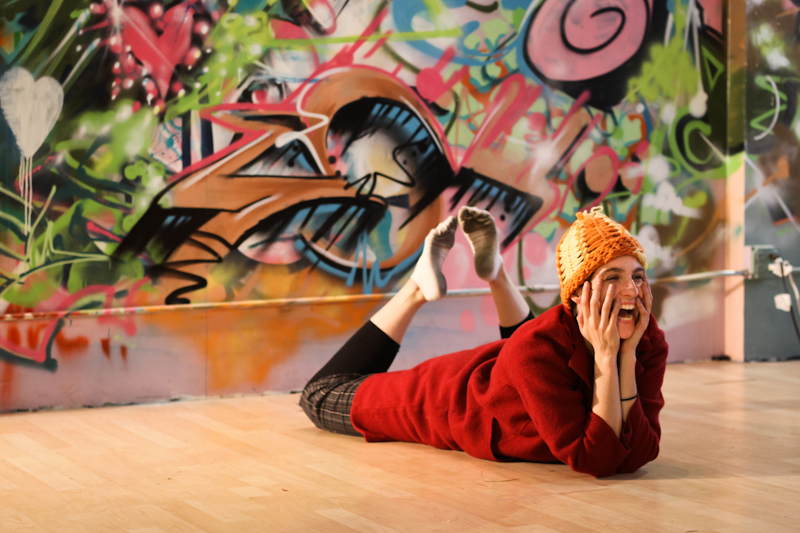A-mid Market's Tale
Just beyond SF's perpetual talk talk talk of mid-Market — defined as the stretch from Fifth Street to Van Ness Avenue — an extraordinary project is quietly closing its doors on an oblique, no-man’s-land corner of Market near Franklin. There, for one hundred days and nights, an empty glass storefront opened up to spill a swath of light and music onto the cigarette-studded sidewalk — without funding, a business model, or (as founders Will Greene and Sam Haynor are the first to say) much of anything else.
“Ask us our mission statement,” Sam challenged.
“We don’t have one,” Will cut in.
“Well, yes we do,” said Sam.
“Yeah, that not doing it seemed like a cop-out,” the pair laughed.
All photos courtesy Stephen Heraldo
“It” was creating One Hundred Days of Spring, which brought free and donation-based events, classes, and recorded stories to an arc sliced from the local population: hipster kids in art collectives, professionals on their Market-street commutes, and low-income neighborhood residents, including many who bed down each night on the block.
As former boutique clothing store — sandwiched between SROs and auto-body shops on a strip shadowed by the sheer block-long face of a Honda dealership — the space had failed to take hold. But transformed into a gypsy-tent-circus-wagon-theater-gallery-cum-classroom, The Schoolhouse rooted itself in the neighborhood in just a few months.
The SF Arts Commission’s Kate Patterson has framed the mid-Market revitalization talks in terms of New York’s SoHo: once a similarly depressed neighborhood, she intimated over the phone.
The comparison — though perhaps offhand — oughtn’t go unnoticed, for no urban planner (and certainly no artist or small business owner) should fail to acknowledge where the SoHo Effect often leads: to urban renewal, for sure, and then straight on to Urban Outfitters.
The catch-22 of gentrification isn’t absolute, and it’s not always a bad thing. But it’s worth noting that there are more and less sensitive ways to renew an area like mid-Market, and The Schoolhouse’s example is one of the best.
It was a bold, direct move to engage the local community. As such, it was highly effective not only at providing needed resources, but at tempering the less-desirable qualities of the neighborhood.
“Coming out of Muni, walking home on Market Street,” a Schoolhouse participant, Mark Singer, had said, “can frankly be pretty scary. There’s substance abuse, drug deals, and people who may or may not be harmless.”
Traditionally, amping up a neighborhood’s arts and cultural amenities has acted as a roundabout measure to invite the type of gentrification that sweeps streets clean. The programming is not intended to serve current residents so much as to usher in new ones. The Schoolhouse made a conscious decision to instead serve the neighborhood’s existing population — with safer-feeling streets likewise resulting, and much more quickly, at that.
Safe, interesting urban neighborhoods don’t have to be all sunshine and SoHo. Sparing readers a discussion of Jane Jacobs and public characters, suffice it to say that stability and vibrancy can be shaped by more than one type of complex, jointly supportive social network.
For more on how The Schoolhouse did just that, visit my article in the San Francisco Bay Guardian








